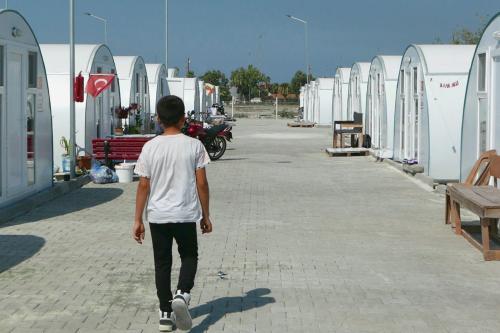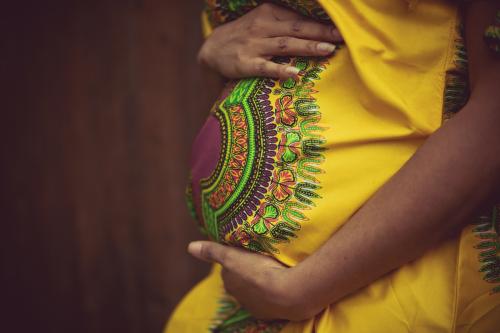Comparisons between the response to the Haitian earthquake and to Pakistan’s floods are perhaps inevitable, as these major tragedies occurred within seven months of each other. Much of the commentary has focused on possible reasons for the disproportionate donor response to the two disasters. But there are other similarities – and differences – between the two cases that deserve further attention. This short article seeks to provide some comparisons between disasters in Haiti and Pakistan by looking first at the difference in the nature of the disasters, followed by comparison of housing needs, displacement, and the international response.
Earthquakes and Floods
On the global level, between 2000 and 2009, 2 billion people were affected by disasters; 44% of those were affected by floods, 30% by drought and only 4% by earthquakes. However, since 2000 60% of those killed in disasters died in earthquakes.[1] In comparison with hydrometeorological disasters (such as the Pakistan flooding), earthquakes pose particular difficulties[2]:
- Risk of aftershocks, traumatizing population and complicating relief efforts.
- Damage to infrastructure, collapsed buildings and large amounts of rubble which need to be moved for relief efforts.
- Large numbers of injuries (in contrast to flooding where [to oversimplify] people either die by drowning or escape largely unscathed). Earthquake injuries tend to be particularly serious –spinal cord injuries, crushed limbs – requiring both immediate care and longer-term rehabilitation.
- Difficulties in mobilizing support to reduce future risks, as earthquakes are less likely to occur than other disasters.
Most obviously, earthquakes occur suddenly and with little warning. People cannot be evacuated in advance of an earthquake and efforts to mitigate the risks of earthquakes focus on making buildings safer and educating the population on how to respond when the tremors strike. In contrast, flooding can occur suddenly, for example after a particularly heavy rain or the collapse of a dam. But large-scale flooding is usually the result of sustained heavy rains over a period of time which causes rivers to swell and overflow their banks. That’s what has happened in Pakistan since July. Although barely mentioned in the mainstream media, this is what is happening in China as well – where flooding of the Yangtze, Yellow and Songhua Rivers has forced the evacuation of millions of people, affected more than 120 million people and destroyed over 600.000 homes.[3]
[1] Integrated Regional Information Networks (IRIN), “Earthquakes: the decade’s deadliest killer,” 28 January 2010, http://www.irinnews.org/Report.aspx?ReportId=87908
[2] Active Learning Network for Accountability and Performance in Humanitarian Action (ALNAP), Responding to earthquakes 2008 – Learning from earthquake relief and recovery operations, July 2008, http://www.alnap.org/pool/files/ALNAPLessonsEarthquakes.pdf
[3] International Federation of the Red Cross, “China – worst flooding in decades leaves millions in need”, 23 July 2010, http://www.reliefweb.int/rw/rwb.nsf/db900sid/ASHU-87MS36?OpenDocument&rc=3&cc=chn



